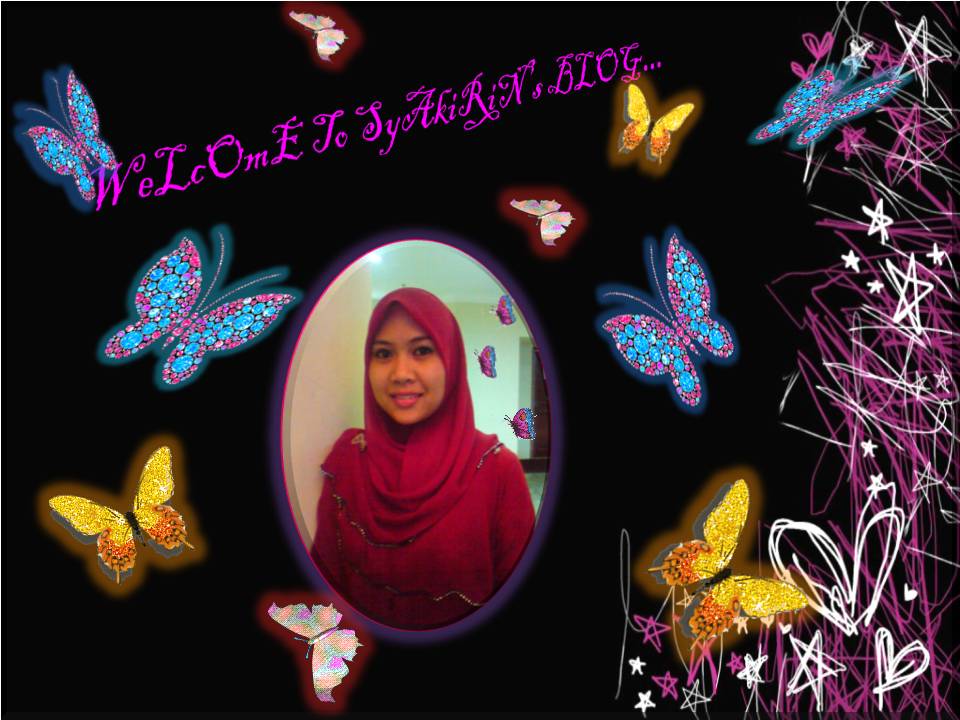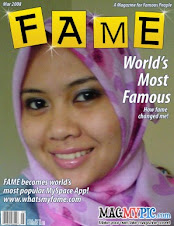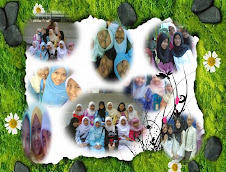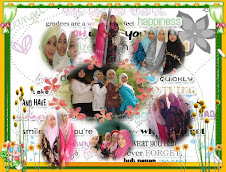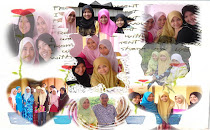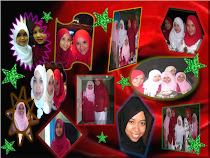Nowadays in the Internet age, computerized reading has become part of our lives. We might carry out the computerized reading activity with specific intention or accidentally when we are surfing the Internet.
www.ulc.edu/studyskill/reading_comprehension.html#activity
The purpose of this reading comprehension activity is to enhance our reading skills, giving us extra information and tips on underlining a textbook. It also includes ways of taking notes on reading, suggestions for increasing reading speed and effectiveness as well as ways to read a difficult book. Besides that, after completing all of the reading materials, we can try out the interactive activity and the activity question provided.
Here are some of the examples of information reading as it revealed the study or reading method that promote an active attitude toward learning:
Examples of information reading
♥ We called it as information types of reading is because it gives us the method and information in detailed about the learning.
I. SURVEY - gather the information necessary to focus and formulate goals.
*State your purpose for reading the material.
*Read the title - help your mind prepare to receive the subject at hand.
*Read the introduction and/or summary - pick out the chapter's main points.
*Notice each boldface heading and subheadings - organize your mind before you begin to read and build a structure for the thoughts and details to come.
*Skim over graphs, tables, charts, etc. to see how they support and explain the text.
II. QUESTION - help your mind engage and concentrate
*Frame questions - perhaps variations of the headings, sub-headings, or topic sentences, which you make into your personal questions.
III. READ - read actively to answer your questions and to fulfill your purpose
*Set realistic time goals and number of pages to be read.
*Divide chapter into small sections, rather than trying to read the whole chapter non-stop.
*Ask yourself a question before each paragraph or section, and then locate the answer in the text.
*Take breaks when you feel unable to stay with the material due to daydreaming, drowsiness, boredom, hunger, etc.
*Use your hand and marking pen to pull your eyes down the page, marking only the essential words and phrases.
*Think, interpret, and analyze the first time you read, to avoid unnecessary re-reading.
IV. RECITE - retain your mind to concentrate and learn as it reads
*After each section - stop, look away from the book, recall your questions, and see if you can answer them from memory.
*If not, look back again, but do not go on to the next section until you can recite the answers.
*Also, try to visualize what you have just read.
*Make separate notes or outlines of what you have read (see page 4).
V. REVIEW - refine your mental organization and begin building memory
*Once you have completed the whole chapter:
*Reread your outline, look away, and recite the outline from memory.
*Go back over all your questions.
*Continue this process until you feel that you understand and know the material.
*Take a short break and reward your success.
*Decide when you are ready to work again, center your thoughts, take a few minutes to review the information you just learned, and go on to the next chapter or another subject.
Examples of instruction types of reading
♥We called it as the instruction types of reading because they provide us with instruction on how to read a difficult book.
*Skim the book first:
*Look at the title page and any sub-titles.
*Look at the table of contents to get a sense of the structure.
*Look for things you understand.
*Start Reading.
*Read over difficult material a second time. If you still do not understand it, move on to something else or take a break and come back to it.
*Look for the important words.
*Stop at the end of each paragraph or section and paraphrase in your own words what you just read.
*Read out loud. Hearing what we read is like reading it a second time.
*Meet with your instructor and discuss your confusion. Point out the paragraphs you found hardest to understand.
*Find a tutor.
*Use another text. Concepts are sometimes easier to understand if expressed in a different way.
Read with a dictionary in your lap.
*Pretend you understand, and then explain it to someone else or even yourself.
*Do not get stressed over difficult material.
*Read footnotes, arguments, and references.
Examples of activity completion types of reading are:
Here is passage on the history of Penn State. Use the reading comprehension tips and answer the questions below. (From The Penn State Experience: A freshman guide to life outside the classroom, Wadsworth Publishing Company, 1999)
In 1855, the Pennsylvania legislature chartered the Farmer's High School. At the first trustee's meeting, the main order of business was obtaining a location for the school. The board considered proposals from five people who were willing to provide 200 or more acres of land.
Among the offers was that of General James Irvin of Bellefonte, who could provide a 200-acre tract of land from his large holdings. All five locations were visited, and the committee ultimately accepted Irvin's offer after local citizens sweetened the deal b pledging an additional $10,000 for the school.
An architect was hired to design the main building, a five-story stone structure composed of three wings, with rooms for up to 400 students, faculty living quarters and classrooms. With $100,000 from various sources, construction began. Tuition and room & board charges were fixed at $100 per year, and on February 16, 1859, 69 students arrived to begin their studies. The school's address was simply, "Farm School."
In 1887, the first student newspaper was published. "Free Lance" was a monthly publication and sold for 15 cents. In 1941, the Nittany Lion Shrine was commissioned with the 1940 Class Gift. Heinz Warnake was selected to sculpt the Lion, and he worked on campus in full view of the students. IT was completed in four months, carved from a 13-ton block of limestone. In the 1980s, a cast of the lion was made and stored in an undisclosed location after part of an ear was broken off.
In 1947, Henry Varnum Poor finished the first of Old Main's frescoes, depicting the signing of the Morrill Land-Grant Act of 1862 that paved the way for Penn State's land grant mission of outreach to the citizens of Pennsylvania.
In 1982, Penn State won its first NCAA football championship and a second in 1986 to celebrate its 100th Anniversary in the sport. Penn State joined the Big Ten Conference in 1992 in all sports and to facilitate academic progress among the Big Ten institutions.
In 1997, Penn State reorganized its Commonwealth Educational System. In its place, it established a "Commonwealth College" with 14 campuses and allowed the formation of three additional colleges-Berks-Lehigh Valley College, Abington College and Altoona College. These new academic colleges can establish a limited number of four-year baccalaureate programs that will benefit their communities.
Syakirin & Farhana (2008)
